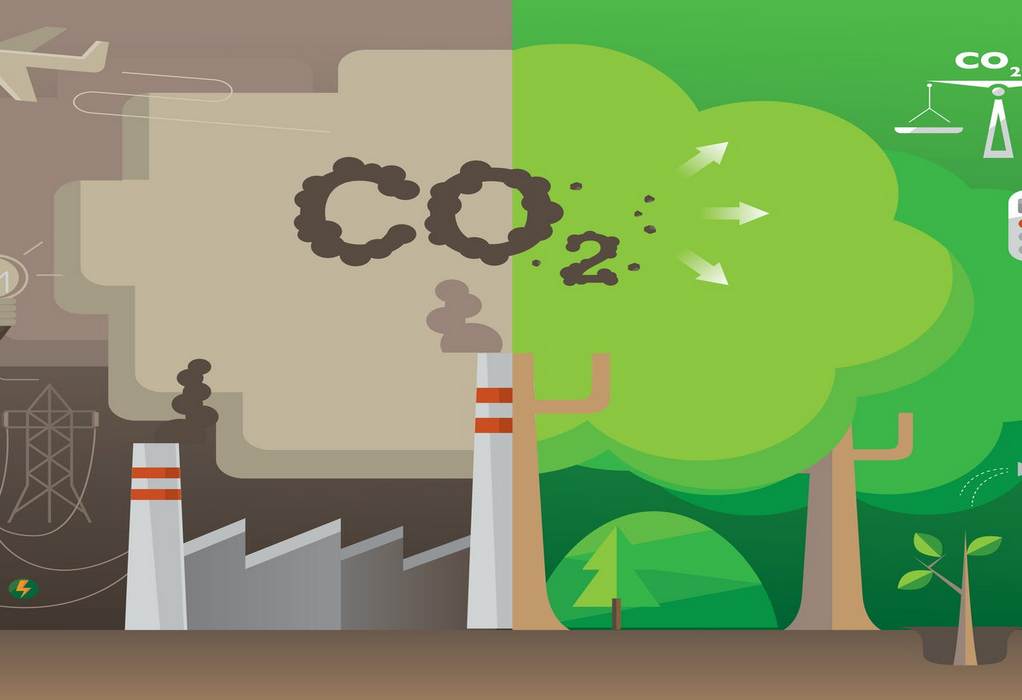Cummins Inc and Tata Motors signed a Memorandum of Understanding (MoU) to collaborate on the design and development of low and zero-emission propulsion technology solutions for commercial vehicles in India, including hydrogen-powered internal combustion engines, fuel cells, and battery electric vehicle systems.
In 1993, the two engineering companies came together to fulfill their goal of introducing best-in-class cleaner vehicle technology solutions to the Indian market – Tata Motors to deliver best-in-class mobility solutions in India and Cummins to power that vision through their products and services. Driven by a shared ideology, common vision, and values of Integrity, Teamwork, and Excellence, this partnership has grown from strength to strength over the last three decades. This MoU further solidifies their association and is aligned with India’s vision of ‘Energy for Sustainable Growth’ and achieving net zero carbon emissions by 2070. India will be one of the first markets to receive Cummins’ Hydrogen engines, an important technology to help drive decarbonization.
Cummins B6.7H hydrogen engine with up to 290 hp (216 kW) output and 1200 Nm peak torque is an all-new engine platform featuring cutting-edge technology to enhance power density, reduce friction losses and improve thermal efficiency. As a result, performance is transparent and compatible with the same transmissions, drivelines, and cooling packages. The B6.7H hydrogen engine is being derived from Cummins fuel-agnostic platform offering the benefit of a common-base architecture and low-to-zero carbon fuel capability.
Cummins zero-emission product portfolio also includes its fourth-generation hydrogen fuel cell engine. Designed to meet the duty-cycle, performance and packaging requirements of medium and heavy-duty trucks and buses, the fuel cell technology is available in 135 kW single- and 270-kW dual modules. The systems have strong operating cycle efficiency and durability for a lower total cost of ownership.
Cummins battery portfolio includes both Lithium Iron Phosphate (LFP) and Nickel Manganese Cobalt (NMC) battery packs, each of which targets a different duty cycle and use case.
Destination Zero™ is Cummins’ strategy to go further and faster to reduce the greenhouse gas (GHG) and air quality impacts of its products and reach net-zero emissions by 2050. Cummins is pursuing a dual-path approach, meaning the company is reducing emissions from internal combustion engines while simultaneously investing in new, zero-emissions products. The company spends approximately $1 billion annually on research and development of future technologies.
Cummins’ approach lowers emissions today; incorporates well-to-wheel emissions reductions by matching technology readiness with infrastructure readiness; drives wide-scale adoption due to affordability by using the right technology at the right time; and will achieve net-zero emissions by 2050.
Tags: Cummins, Tata Motors, Zero Emission

Recent Posts
ARIPL to power up 700 MWp solar project
Basin Electric Power CO2 capture projects receive funding
FHWA announces grants to help reduce truck air pollution near ports
Industry leaders urge realism in green hydrogen push
Oslo implements bold measures to reduce dependence on motor vehicles
IHI admits improper alteration of data over 4,000 marine engines
Shipowners welcome 40% production benchmark
MPCC opts for 2 methanol dual-fuel ships